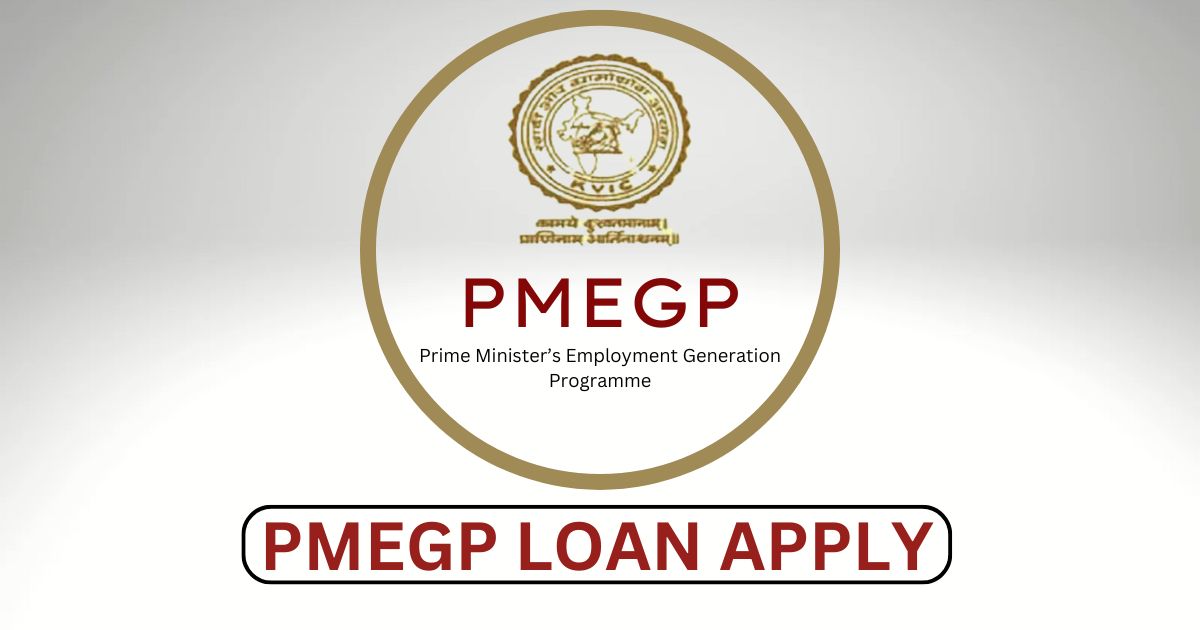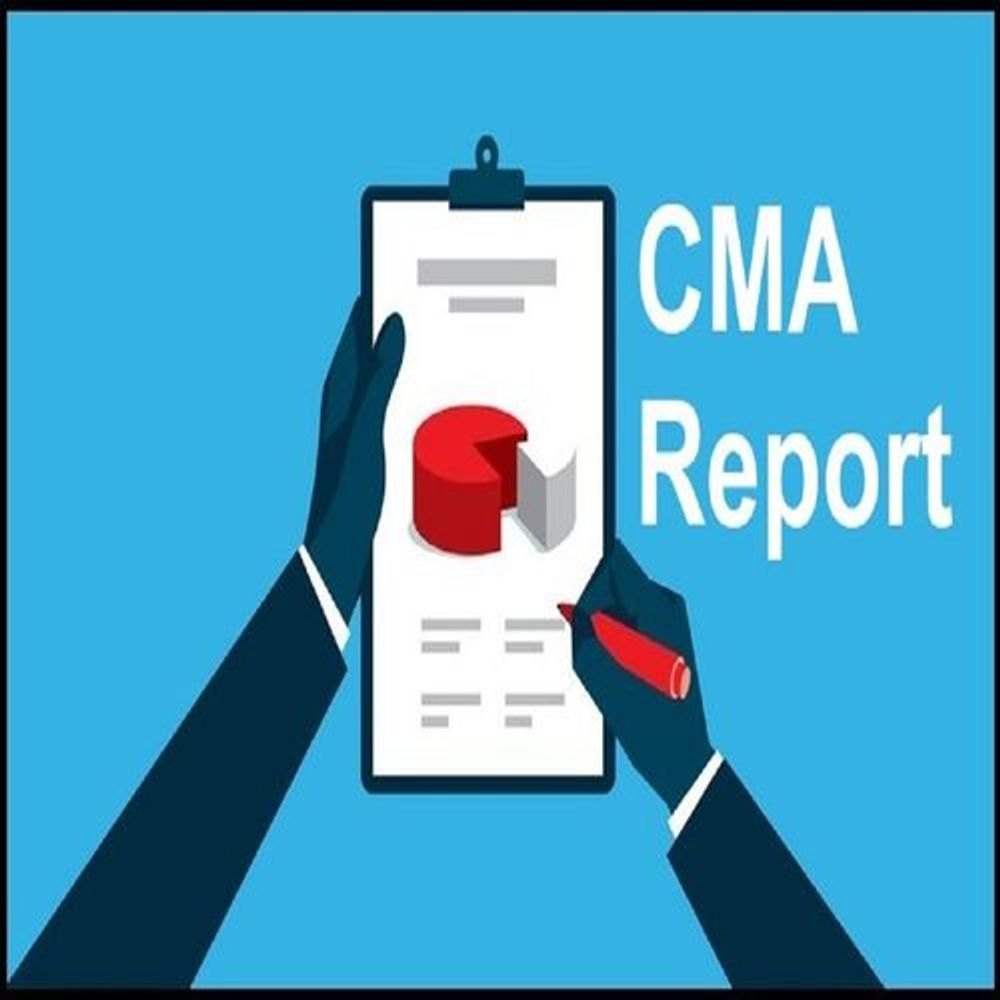
National Livestock Mission (NLM)
Details
The National Livestock Mission (NLM) is a government effort that aims to assist and promote the entire growth of India’s livestock sector. The mission’s objective is on sustainable and equitable growth, with the goal of increasing livestock output, providing better feed and fodder, promoting rural livelihoods, and improving marketing infrastructure.
What is the National Livestock Mission (NLM)?
The Ministry of Agriculture and Farmers’ Welfare established NLM, which focuses on the growth of livestock, including poultry, small ruminants (sheep and goats), pigs, and other associated livestock sectors. The objective focuses on increasing livestock breeding, healthcare, and processing skills so that farmers may get the most out of their livestock investments.
Key Objectives:
1. Improve Livestock production: Increase livestock production by improving genetics, nutrition, and health services.
2. Sustainability: Ensure long-term livestock development by emphasizing resource efficiency and the preservation of indigenous breeds.
3. Income Generation and Employment: Provide revenue and job possibilities in rural communities through livestock farming and related sectors.
4. Infrastructure Development: To decrease post-production losses, provide suitable infrastructure for livestock markets, cold chains, and processing facilities.
Skill Development: Educate and empower farmers, youth, and entrepreneurs in scientific livestock raising, management, and marketing.
Benefits
The National Livestock Mission provides a variety of incentives to farmers and rural communities, with the goal of strengthening the livestock sector as a key source of revenue and employment.
1. Increased cattle Productivity: The mission encourages the adoption of scientific breeding techniques and better health practices, which lead to more productive and healthier cattle.
2. Access to Quality Feed and Fodder: The NLM assists with the production and storage of high-quality feed and fodder, ensuring that animals are properly nourished.
3. Support for Indigenous Breeds: The NLM focuses on protecting and promoting indigenous livestock breeds that are better adapted to local surroundings and have higher disease resistance.
4. Disease Control and Veterinary Care: By improving healthcare infrastructure, the mission assures regular immunizations, disease diagnoses, and access to veterinary care.
5. Market Linkages and Infrastructure: NLM promotes the development of modern slaughterhouses, cold chains, and value-added processing units to assist farmers in receiving higher returns on their livestock investments.
6. Women’s Empowerment and Social Inclusion: Special attention is placed on encouraging livestock-related activities among women and socially underprivileged populations.
Eligibility
The National Livestock Mission serves a diverse group of beneficiaries, including farmers, livestock rearers, cooperatives, and businesses. The following are the essential qualifying criteria:
1) Livestock Farmers and Smallholders: Any individual or family that raises livestock, including small and marginal farmers.
2) Farmer Producer Organizations (FPOs) and Cooperatives: Registered cooperatives and FPOs that engage in livestock farming, breeding, or processing.
3) Self-Help Groups (SHGs): SHGs that engage in rural livestock production or similar activities.
4) Entrepreneurs and Private Companies: Businesses that build animal infrastructure, such as dairy factories, slaughterhouses, or feed mills.
5) State governments and autonomous bodies are responsible for conducting livestock development programs at the local level.
Application Process
The application process for the National Livestock Mission is simple and requires only a few steps. The method guarantees that qualified candidates can simply enjoy the advantages of the plan.
Step 1: Identify the scheme and approach the nodal agency: Depending on the kind of livestock business (breeding, healthcare, or processing), locate the relevant NLM scheme and contact the state or district-level agricultural or animal husbandry departments.
Step 2: Fill out the application form: Submit the application form online (via the state agricultural or livestock department’s website) or offline. Provide important information, such as animal kind, intended activity, and financial requirements.
Step 3: Project Submission: For bigger projects, such as dairy farms or slaughterhouses, provide a thorough project report (DPR) defining the scope, budget, and execution strategy.
Step 4: Verification and Approval: Local authorities or state veterinary officials will review the proposal, and if the project fits the qualifying requirements, it will be authorized following field visits.
Step 5: Cash Disbursement and Implementation: Approved projects get cash or subsidies in installments, allowing the recipient to begin implementation. Officials conduct regular monitoring to ensure that monies are used properly.
Documents Required
Depending on the kind and size of the project, several papers may be necessary to apply for the National Livestock Mission. The following are some of the common papers required:
1) Proof of Identity: Aadhaar card, voter ID, or any other government-issued identity.
2) Land or Premises Ownership Proof: Land ownership documentation, lease agreements, or authorization to use the property for livestock-related operations.
3) Bank Account Information: For direct transfers of money or subsidies.
4) Cattle Purchase or Ownership Documents: If appropriate, provide records of current cattle, breeding certifications, or purchase receipts.
5) Project Report (For Large-Scale Projects): Detailed project reports that outline the scope, expenses, and anticipated advantages of operations such as livestock husbandry, breeding facilities, and slaughterhouses.
6) Proof of Income (If Required): Some programs may need income certificates to assess eligibility for financial assistance.
National Livestock Mission (NLM)
The National Livestock Mission (NLM) is a government effort that aims to assist and promote the entire growth of India's livestock sector. The mission's objective is on sustainable and equitable growth, with the goal of increasing livestock output, providing better feed and fodder, promoting rural livelihoods, and improving marketing infrastructure.
What is the National Livestock Mission (NLM)?
The Ministry of Agriculture and Farmers' Welfare established NLM, which focuses on the growth of livestock, including poultry, small ruminants (sheep and goats), pigs, and other associated livestock sectors. The objective focuses on increasing livestock breeding, healthcare, and processing skills so that farmers may get the most out of their livestock investments.
Key Objectives:
1. Improve Livestock production: Increase livestock production by improving genetics, nutrition, and health services.
2. Sustainability:Ensure long-term livestock development by emphasizing resource efficiency and the preservation of indigenous breeds.
3. Income Generation and Employment: Provide revenue and job possibilities in rural communities through livestock farming and related sectors.
4. Infrastructure Development:To decrease post-production losses, provide suitable infrastructure for livestock markets, cold chains, and processing facilities.
Skill Development: Educate and empower farmers, youth, and entrepreneurs in scientific livestock raising, management, and marketing.
The National Livestock Mission provides a variety of incentives to farmers and rural communities, with the goal of strengthening the livestock sector as a key source of revenue and employment.
1. Increased cattle Productivity: The mission encourages the adoption of scientific breeding techniques and better health practices, which lead to more productive and healthier cattle.
2. Access to Quality Feed and Fodder: The NLM assists with the production and storage of high-quality feed and fodder, ensuring that animals are properly nourished.
3. Support for Indigenous Breeds: The NLM focuses on protecting and promoting indigenous livestock breeds that are better adapted to local surroundings and have higher disease resistance.
4. Disease Control and Veterinary Care: By improving healthcare infrastructure, the mission assures regular immunizations, disease diagnoses, and access to veterinary care.
5. Market Linkages and Infrastructure: NLM promotes the development of modern slaughterhouses, cold chains, and value-added processing units to assist farmers in receiving higher returns on their livestock investments.
6. Women's Empowerment and Social Inclusion: Special attention is placed on encouraging livestock-related activities among women and socially underprivileged populations.
The National Livestock Mission serves a diverse group of beneficiaries, including farmers, livestock rearers, cooperatives, and businesses. The following are the essential qualifying criteria:
1) Livestock Farmers and Smallholders: Any individual or family that raises livestock, including small and marginal farmers.
2) Farmer Producer Organizations (FPOs) and Cooperatives: Registered cooperatives and FPOs that engage in livestock farming, breeding, or processing.
3) Self-Help Groups (SHGs): SHGs that engage in rural livestock production or similar activities.
4) Entrepreneurs and Private Companies: Businesses that build animal infrastructure, such as dairy factories, slaughterhouses, or feed mills.
5) State governments and autonomous bodies are responsible for conducting livestock development programs at the local level.
The application process for the National Livestock Mission is simple and requires only a few steps. The method guarantees that qualified candidates can simply enjoy the advantages of the plan.
Step 1: Identify the scheme and approach the nodal agency: Depending on the kind of livestock business (breeding, healthcare, or processing), locate the relevant NLM scheme and contact the state or district-level agricultural or animal husbandry departments.
Step 2: Fill out the application form: Submit the application form online (via the state agricultural or livestock department's website) or offline. Provide important information, such as animal kind, intended activity, and financial requirements.
Step 3: Project Submission: For bigger projects, such as dairy farms or slaughterhouses, provide a thorough project report (DPR) defining the scope, budget, and execution strategy.
Step 4: Verification and Approval: Local authorities or state veterinary officials will review the proposal, and if the project fits the qualifying requirements, it will be authorized following field visits.
Step 5: Cash Disbursement and Implementation: Approved projects get cash or subsidies in installments, allowing the recipient to begin implementation. Officials conduct regular monitoring to ensure that monies are used properly.
Depending on the kind and size of the project, several papers may be necessary to apply for the National Livestock Mission. The following are some of the common papers required:
1) Proof of Identity: Aadhaar card, voter ID, or any other government-issued identity.
2) Land or Premises Ownership Proof: Land ownership documentation, lease agreements, or authorization to use the property for livestock-related operations.
3) Bank Account Information: For direct transfers of money or subsidies.
4) Cattle Purchase or Ownership Documents: If appropriate, provide records of current cattle, breeding certifications, or purchase receipts.
5) Project Report (For Large-Scale Projects): Detailed project reports that outline the scope, expenses, and anticipated advantages of operations such as livestock husbandry, breeding facilities, and slaughterhouses.
6) Proof of Income (If Required): Some programs may need income certificates to assess eligibility for financial assistance.





